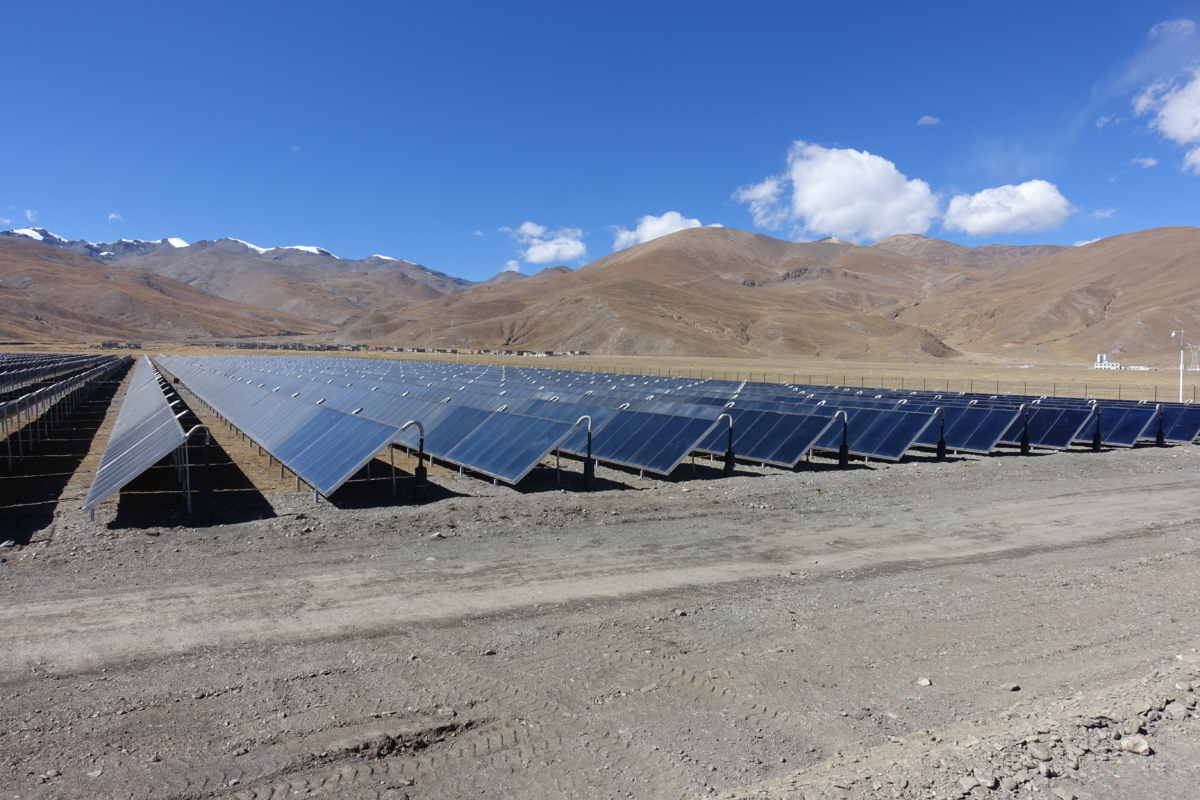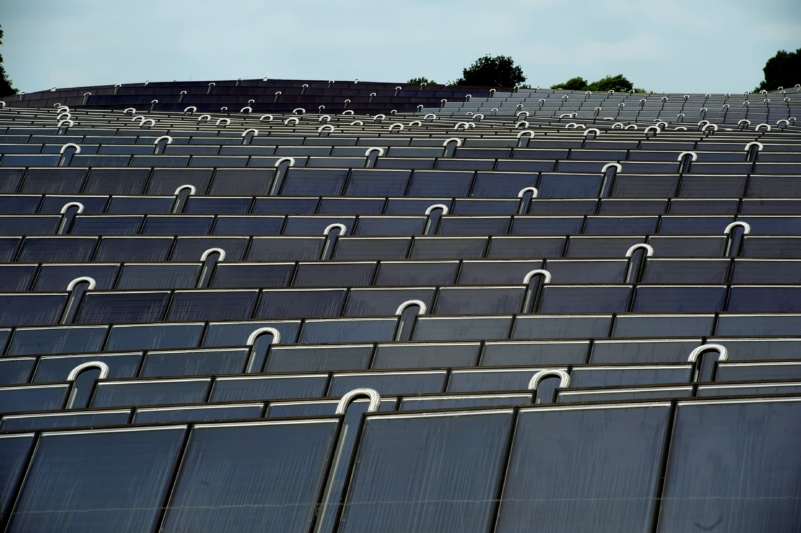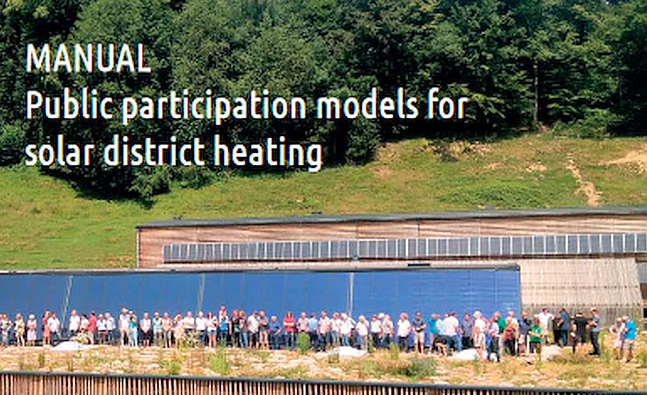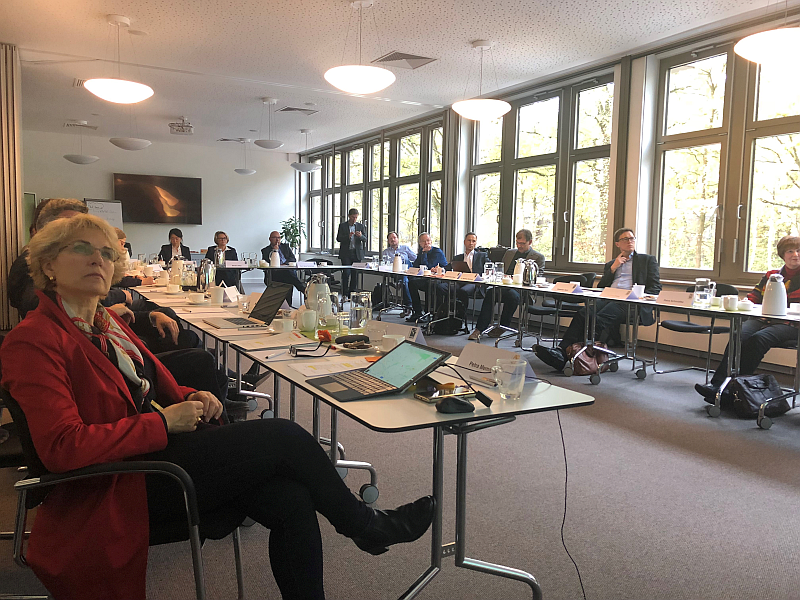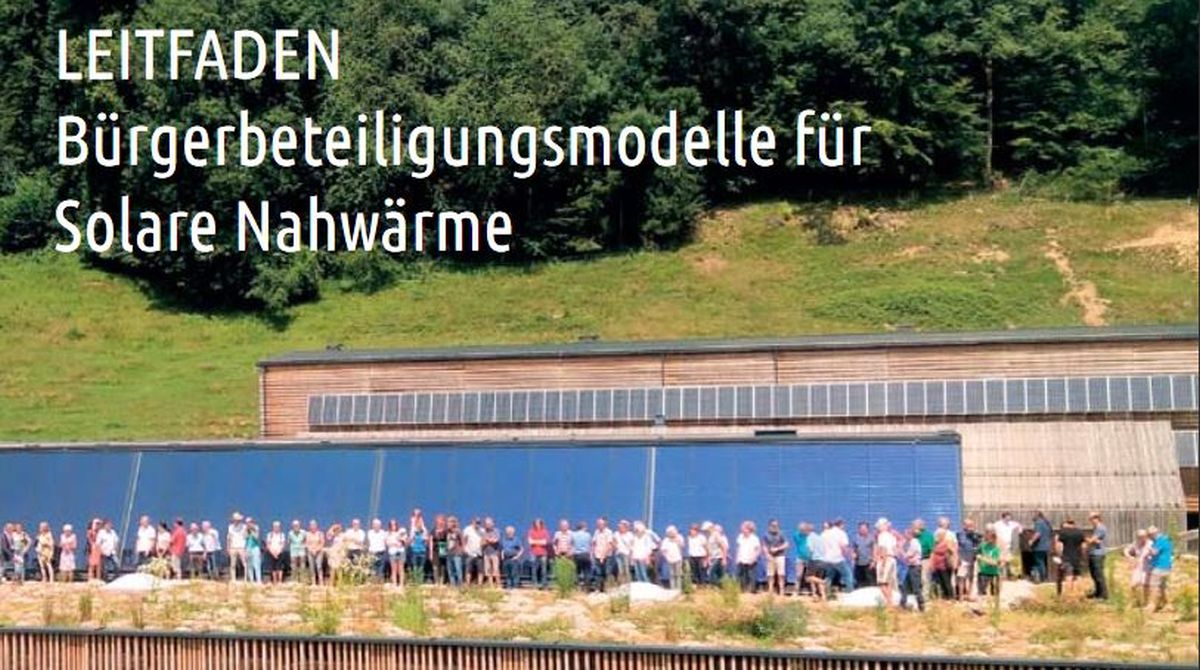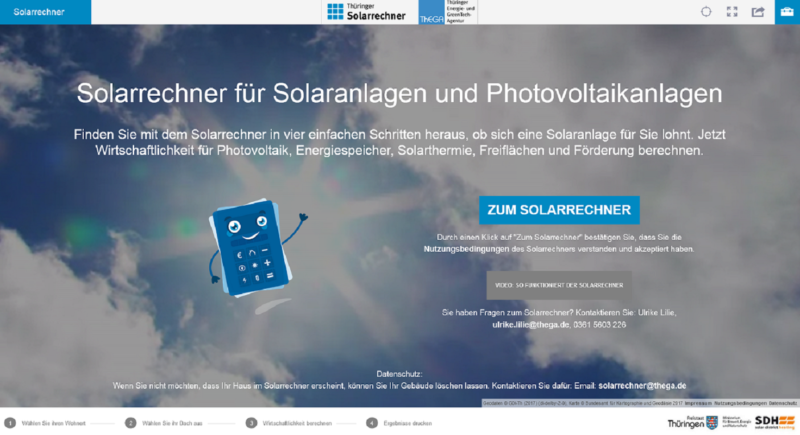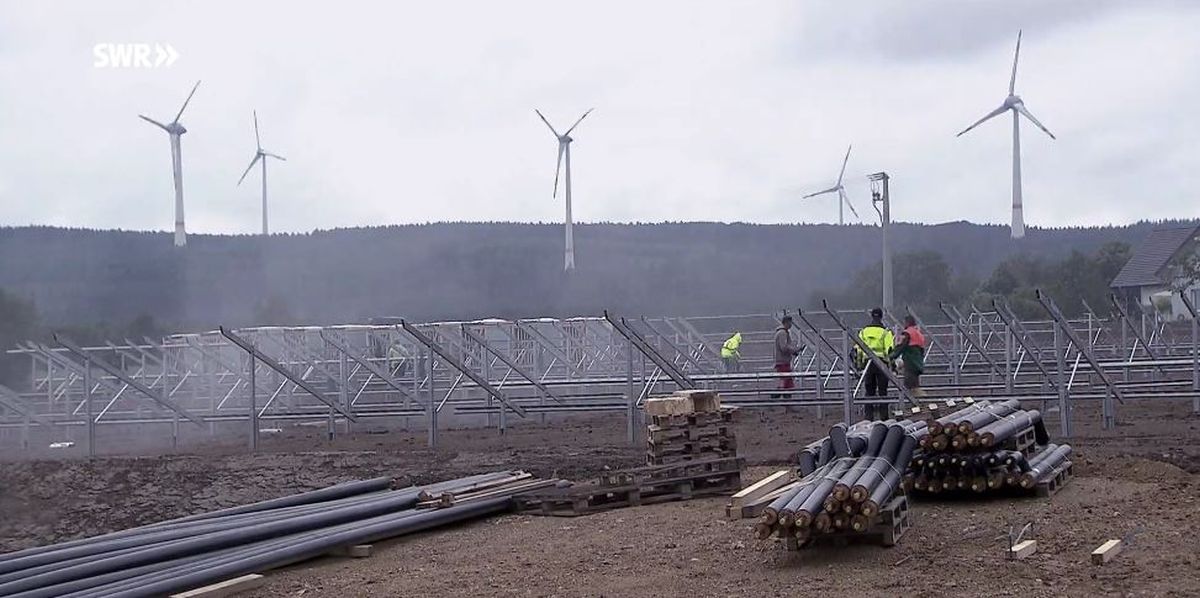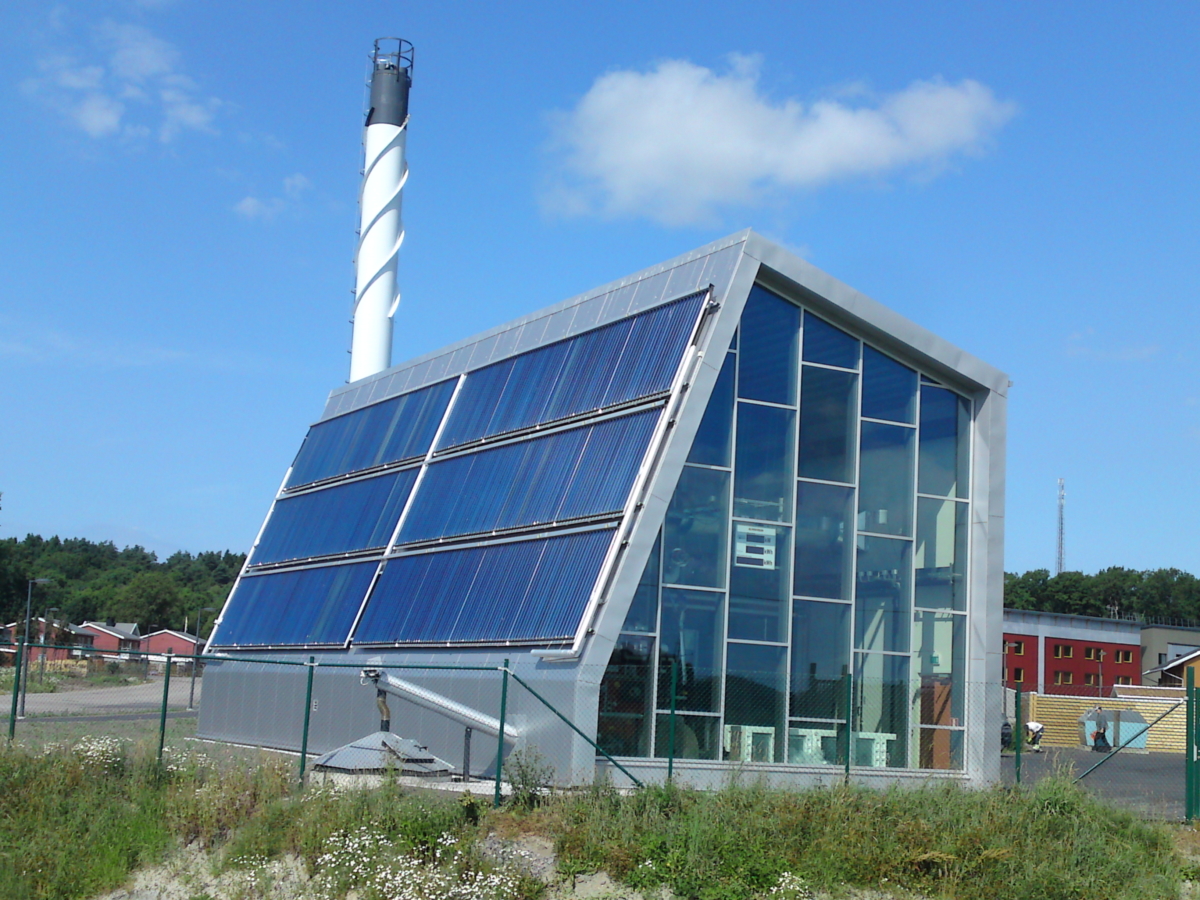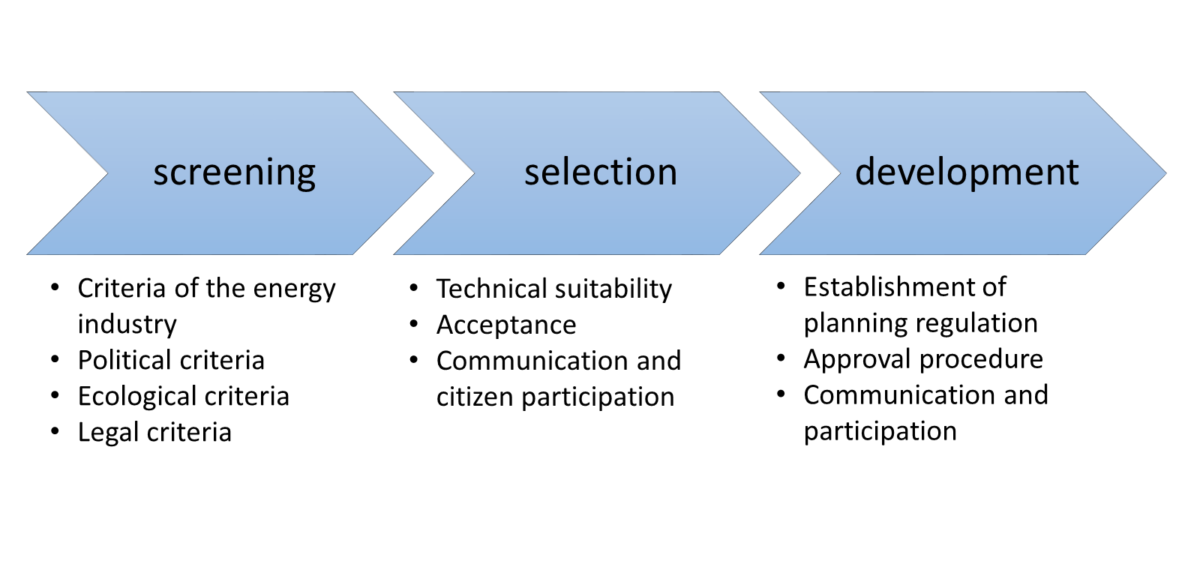Sun meets 90 % of district heat demand in Tibet
After the Solar Academy of the IEA SHC Programme in Lianyungang (China), District Heating experts visited the newly constructed solar district heating plant in Tibet
The high point of the international SDH gathering was the tour of a solar district heating installation that had been planned by Chinese-Danish joint venture Arcon-Sunmark Large-Scale Solar Systems Integration. At Sunrain’s invitation, 18 task members flew to Tibet to take a look at the solar district heating plant in Langkazi, a town in the south of the region, where the venture has been installing 22,275 m2 of flat plate collectors and 15,000 m3 of pit storage. The entire system would be finished soon and be up and running before the end of the year, said Leo Holm, who works at Arcon-Sunmark and guided the Task 55 members around the site.
It is supposed to contribute 90 % of the heat to the new district heating network in Langkazi. Via a 65 °C supply line and a 35 °C return line, the grid reportedly supplies thermal energy for 100,000 m2 of residential floor space. The joint venture has manufactured and delivered the collectors and supervised the installation of the SDH plant. A 3 MW electric boiler guarantees backup energy in times of low irradiation.
The facility is part of a larger endeavour to popularise renewable heating in Tibet. Feasibility studies have been conducted in over 20 of the region’s counties and cities, and Tibet’s local government has approved funding for five of them.
Image: Solites
Source: Bärbel Epp
